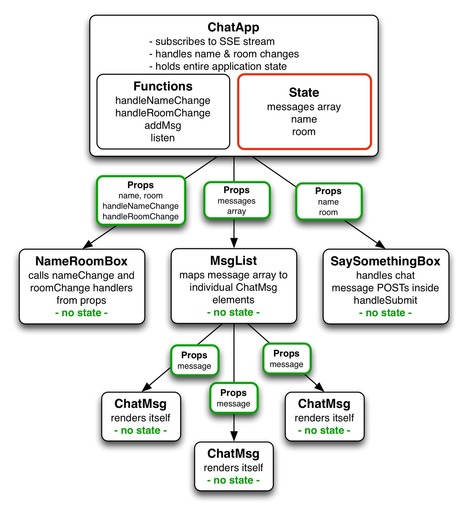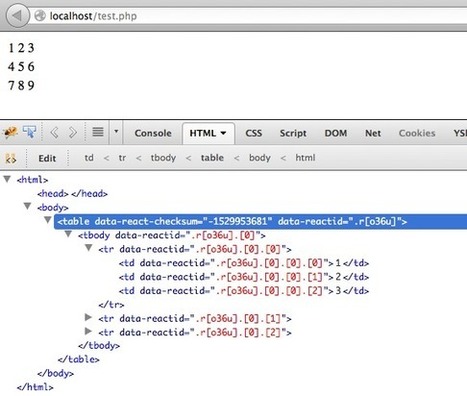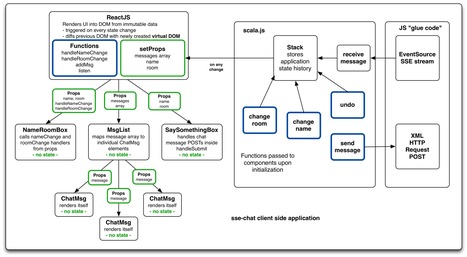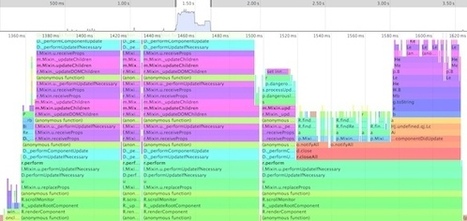As you might now react.js is a framework to create user interfaces in a web context. What is special about this? Is amazingly fast! (and supports server-side rendering) But has a downside, which requires you to change the way you think about web interfaces (see above).
There are a lot of tutorials about react.js but almost none, or very hard to find, in pure JavaScript. They all use the react.js special syntax. But I don't want to have another javascript pre-processor between each code change so this is the main reason.
The most complicated part of understanding react.js was how exatly the arguments passed in the components, and which ones can change and which can't...




 Your new post is loading...
Your new post is loading...
















